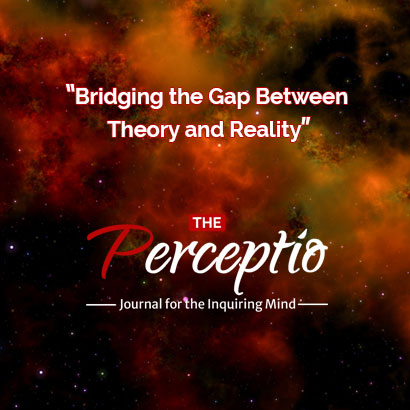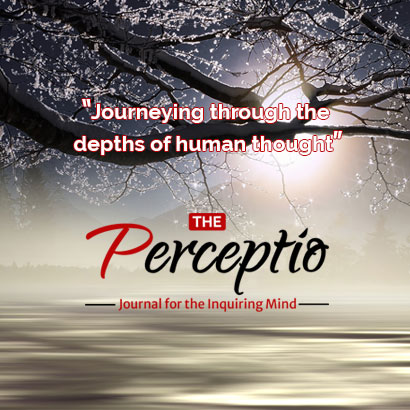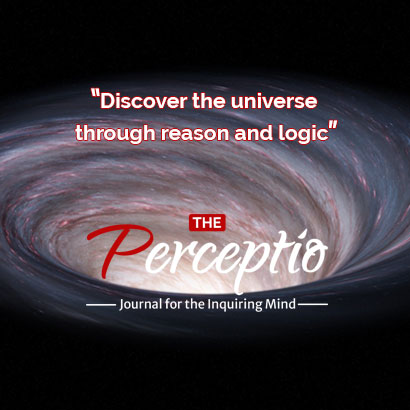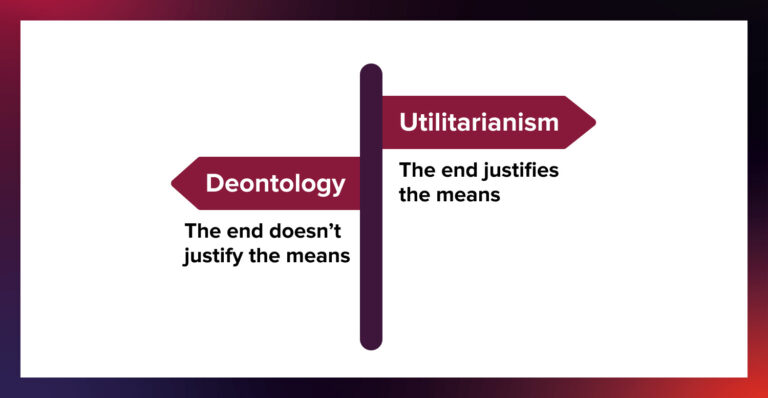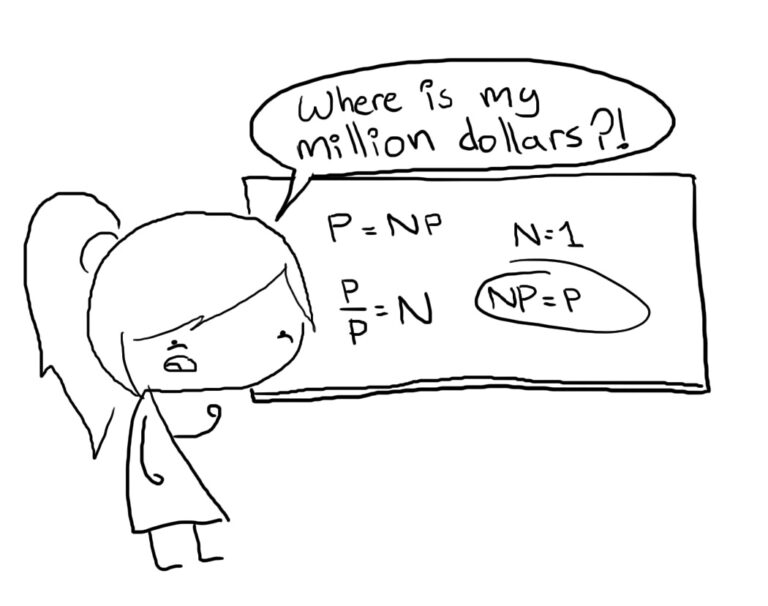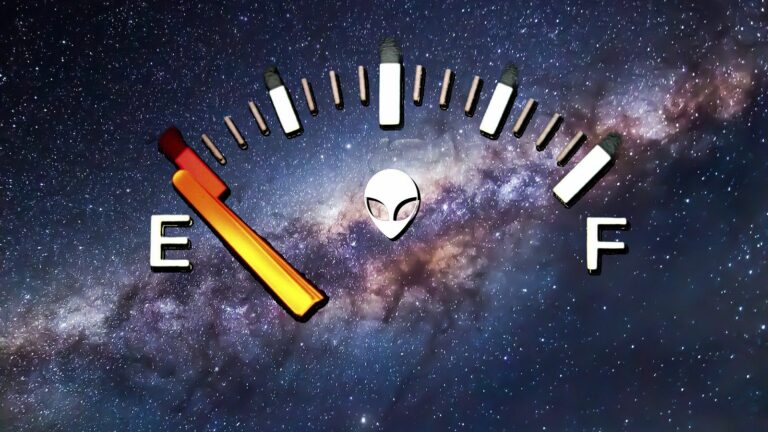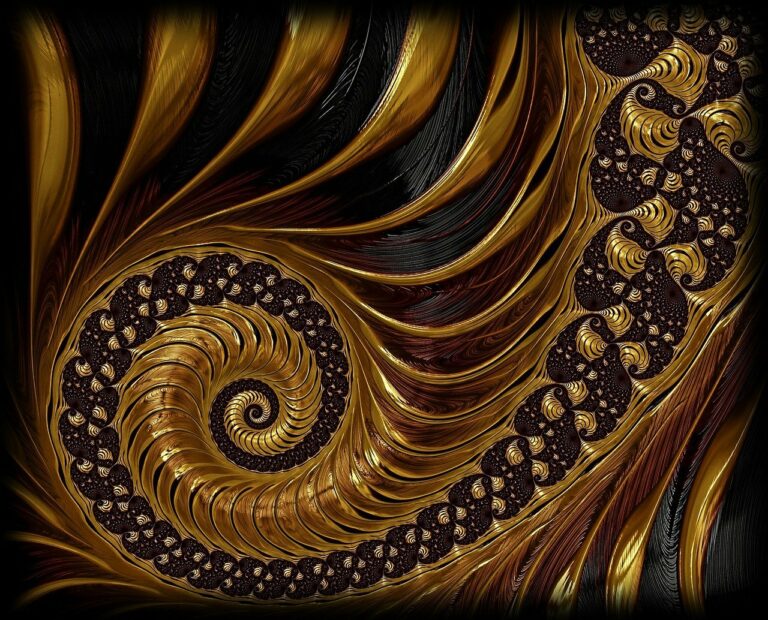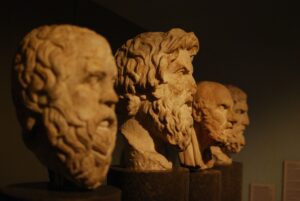Introduction to Quantum Entanglement
In the mysterious world of quantum physics, where particles can exist in multiple states simultaneously, and the act of observation can change the very nature of reality, one phenomenon stands out as particularly baffling and bewildering: Quantum Entanglement. Often described as “spooky action at a distance,” quantum entanglement is a concept that defies classical intuition and challenges our fundamental understanding of the universe. Even the great Albert Einstein himself found it perplexing, referring to it as “Spukhafte Fernwirkung” or “spooky action at a distance” in German.
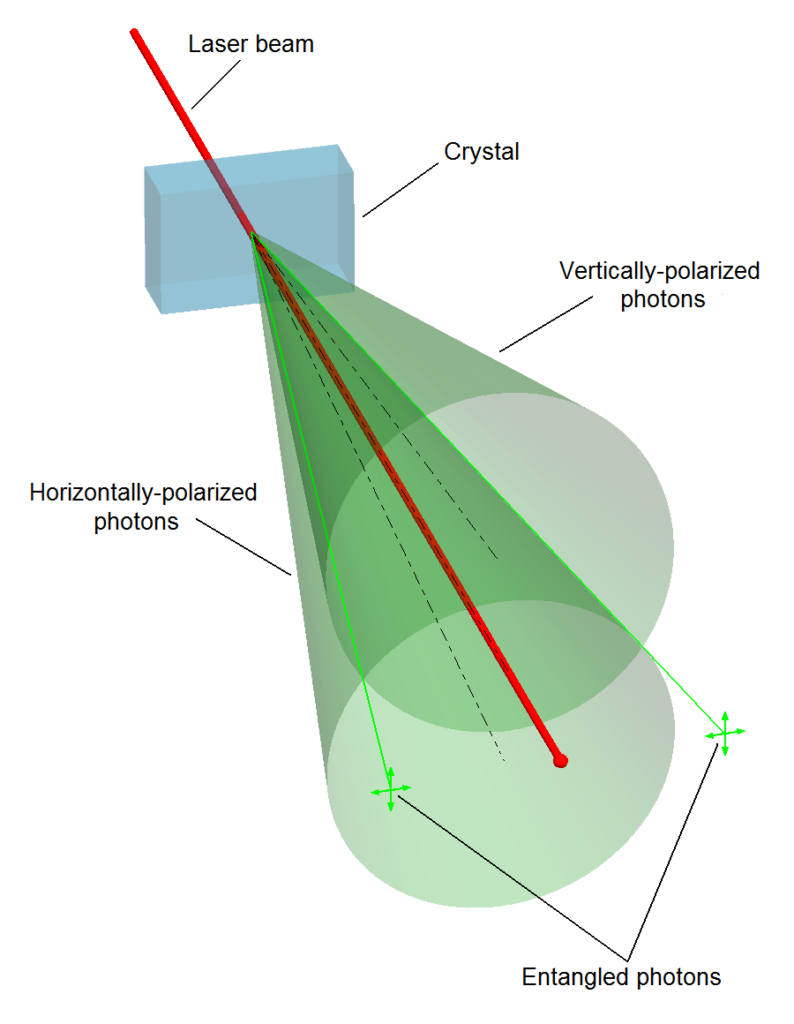
The Quantum Tango: Particles in Lockstep
Imagine two particles, say electrons, that are entangled. This means that their properties—such as position, momentum, spin, or polarization—are intimately linked, regardless of the distance that separates them. If you were to measure the spin of one particle and found it to be “up,” you would instantly know that the other particle’s spin is “down,” no matter how far apart they are.
At first glance, this might not seem all that unusual. Classical physics often deals with correlated systems. For instance, if you flip two coins simultaneously, you expect them to be in the same state (either both heads or both tails). But quantum entanglement is different in a profoundly bizarre way—there’s no way to predict which state you’ll measure until you make the measurement, and the act of measurement itself instantaneously determines the state of both particles.
Einstein’s Dilemma: The EPR Paradox
Einstein, together with collaborators Podolsky and Rosen, sought to highlight the strangeness of quantum entanglement with a thought experiment known as the Einstein-Podolsky-Rosen (EPR) paradox. In their famous 1935 paper, they argued that if quantum mechanics was indeed a complete theory, as it appeared to be, it implied the existence of “hidden variables” that determined the outcomes of quantum measurements in a deterministic way, even for entangled particles. This, in Einstein’s view, violated the principle of local realism, which states that distant events should not affect each other instantaneously.
The EPR paradox was Einstein’s attempt to show that quantum mechanics could not be the full picture, that there had to be hidden variables determining the outcomes, and that this “spooky action at a distance” was, in fact, illusory.
The Bell’s Theorem: A Spooky Confirmation
In the 1960s, physicist John Bell devised a theorem and a series of experiments to test the EPR paradox. His work led to a profound discovery. Experiments based on Bell’s theorem showed that the predictions of quantum mechanics were not compatible with the idea of hidden variables. In other words, the spookiness of entanglement was real. It wasn’t just a matter of incomplete knowledge or hidden variables; the universe itself was inherently non-local in ways that Einstein couldn’t accept.
Conclusion: The Spooky Reality of Quantum Entanglement
Einstein’s skepticism about quantum entanglement was understandable. The idea that two particles, once entangled, could instantaneously influence each other’s properties, regardless of the vast distances that separate them, challenges our classical understanding of causality and locality.
As we continue to delve into the enigmatic world of quantum mechanics, we must embrace the unsettling implications of quantum entanglement. It’s a reminder that the universe is far stranger and more mysterious than our classical intuitions would have us believe. Quantum entanglement beckons us to question our preconceived notions about the nature of reality, time, and space.
In the end, the “spooky action at a distance” remains a haunting enigma, one that invites us to explore, to learn, and to marvel at the deep mysteries of the cosmos. It challenges us to question everything we thought we knew, and in that questioning, we find the true essence of scientific discovery: the pursuit of truth, no matter how strange or unsettling it may be.
So, the next time you ponder the mysteries of the universe, remember that even Einstein found quantum entanglement bewildering, and in that bewilderment, there lies the beauty of our ever-expanding understanding of the cosmos. Embrace the spookiness and allow it to inspire your curiosity, for in the realm of quantum physics, the boundaries of the known are forever expanding into the unknown.
For more posts on Physics, visit: Physics Posts.
For additional information, refer to: Quantum Entanglement by Space.com.
